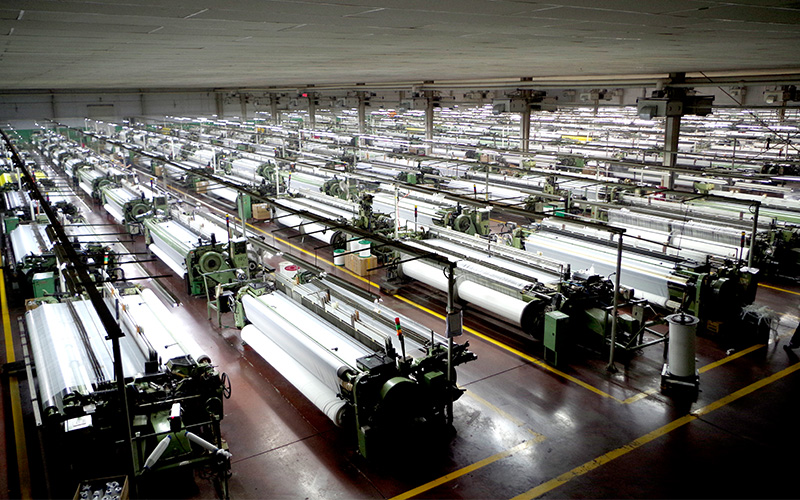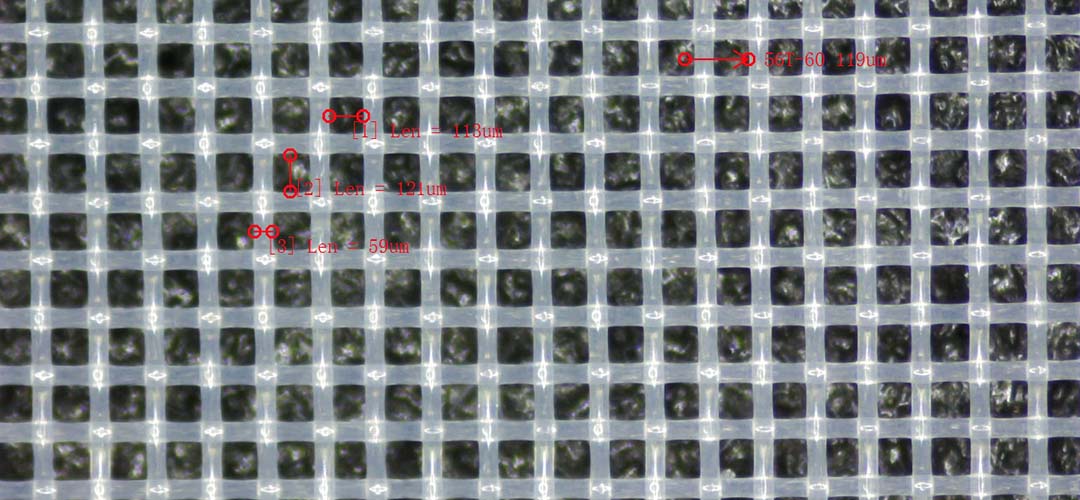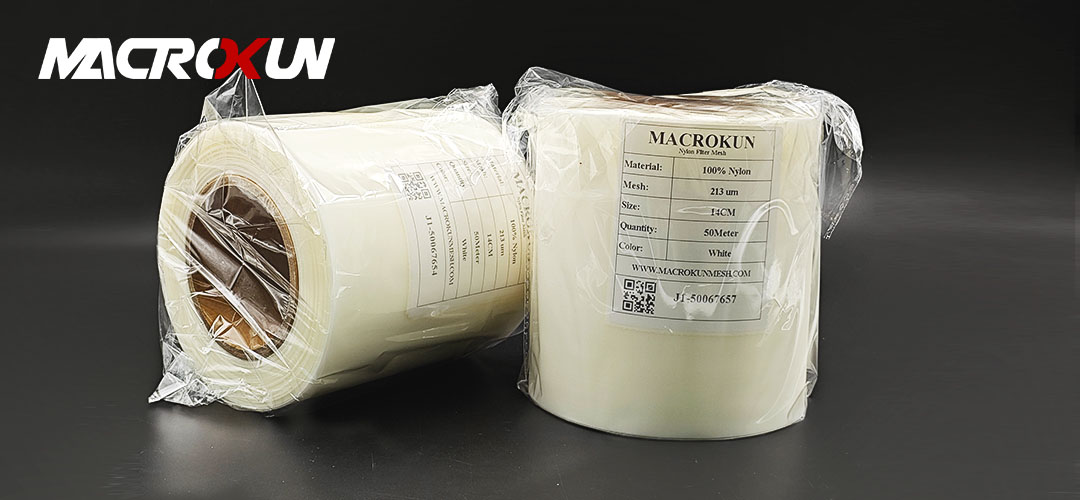Table of Contents
Benefits of Using High-Quality 300 micron stainless steel mesh for Heavy-Duty Applications
When it comes to heavy-duty applications that require reliable filtration and separation, using high-quality 300 micron stainless steel mesh is essential. This type of mesh is known for its durability, strength, and resistance to corrosion, making it the ideal choice for demanding industrial environments. In this article, we will explore the benefits of using high-quality 300 micron stainless steel mesh for heavy-duty applications.
One of the key advantages of using 300 micron stainless steel mesh is its superior strength and durability. This type of mesh is made from high-grade stainless steel, which is known for its exceptional tensile strength and resistance to wear and tear. This means that the mesh can withstand high pressures, temperatures, and abrasive materials without losing its integrity or performance. As a result, it is the perfect choice for applications that require a reliable and long-lasting filtration solution.
In addition to its strength and durability, 300 micron stainless steel mesh is also highly resistant to corrosion. Stainless steel is inherently resistant to rust and corrosion, making it the ideal material for applications where exposure to moisture, chemicals, or harsh environments is a concern. This means that the mesh will maintain its performance and appearance over time, even in the most challenging conditions. As a result, it is a cost-effective solution that requires minimal maintenance and replacement, saving time and money in the long run.
Another benefit of using high-quality 300 micron stainless steel mesh is its versatility. This type of mesh can be customized to meet specific filtration requirements, including different mesh sizes, wire diameters, and weave patterns. This flexibility allows for the mesh to be tailored to the unique needs of each application, ensuring optimal performance and efficiency. Whether it is used for sifting, straining, filtering, or separating, 300 micron stainless steel mesh can deliver consistent and reliable results.


Furthermore, 300 micron stainless steel mesh offers excellent flow rates and filtration efficiency. The precise weave pattern and uniform mesh openings allow for efficient fluid flow and particle retention, ensuring that only the desired particles pass through the mesh. This results in improved product quality, reduced waste, and increased productivity in heavy-duty applications. Additionally, the high filtration efficiency of stainless steel mesh helps to protect downstream equipment and processes, prolonging their lifespan and reducing maintenance costs.
In conclusion, high-quality 300 micron stainless steel mesh is an excellent choice for heavy-duty applications that require reliable filtration and separation. Its superior strength, durability, corrosion resistance, versatility, and filtration efficiency make it the ideal solution for demanding industrial environments. By investing in high-quality stainless steel mesh, businesses can ensure optimal performance, longevity, and cost-effectiveness in their operations. Whether it is used for sifting, straining, filtering, or separating, 300 micron stainless steel mesh is a reliable and efficient solution that delivers consistent results.
How to Choose the Right Type of 300 Micron Stainless Steel Mesh for Your Specific Needs
When it comes to heavy-duty applications that require a high level of durability and strength, 300 micron stainless steel mesh is often the material of choice. This type of mesh is known for its ability to withstand extreme conditions and provide reliable performance in a wide range of industrial settings. However, not all 300 micron stainless steel mesh is created equal, and it’s important to choose the right type for your specific needs.
One of the key factors to consider when selecting 300 micron stainless steel mesh is the grade of stainless steel used in its construction. Stainless steel is available in a variety of grades, each with its own unique properties and characteristics. For heavy-duty applications, it’s important to choose a grade of stainless steel that offers the highest level of corrosion resistance and strength.
In general, 300 series stainless steel, such as 304 or 316, is the best choice for heavy-duty applications. These grades of stainless steel are known for their excellent corrosion resistance, high tensile strength, and durability. They are also resistant to high temperatures and can withstand exposure to harsh chemicals and solvents.
Another important factor to consider when choosing 300 micron stainless steel mesh is the weave pattern. Stainless steel mesh is available in a variety of weave patterns, including plain weave, twill weave, and Dutch weave. Each weave pattern offers its own unique set of properties, such as strength, flexibility, and filtration capabilities.
For heavy-duty applications, a plain weave pattern is often the best choice. This type of weave pattern is simple and straightforward, with each wire passing over and under the adjacent wires in a regular pattern. Plain weave stainless steel mesh is known for its high tensile strength and durability, making it ideal for applications that require a strong and reliable material.
In addition to the grade of stainless steel and weave pattern, it’s also important to consider the mesh size when choosing 300 micron stainless steel mesh. Mesh size refers to the number of openings per linear inch in the mesh, and it plays a crucial role in determining the filtration capabilities of the material.

For heavy-duty applications that require a high level of filtration, a 300 micron mesh size is often the best choice. This size of mesh offers excellent filtration capabilities while still allowing for good airflow and visibility. It’s important to choose a mesh size that is appropriate for your specific application, as using a mesh that is too fine can restrict airflow and reduce the efficiency of the material.
In conclusion, choosing the right type of 300 micron stainless steel mesh for your specific needs is crucial for ensuring the success of your heavy-duty applications. By considering factors such as the grade of stainless steel, weave pattern, and mesh size, you can select a high-quality material that offers the durability, strength, and filtration capabilities required for your project. With the right type of 300 micron stainless steel mesh, you can achieve reliable performance and long-lasting durability in even the most demanding industrial settings.
Maintenance Tips for Ensuring Longevity and Performance of 300 Micron Stainless Steel Mesh in Heavy-Duty Applications
When it comes to heavy-duty applications that require reliable filtration, 300 micron stainless steel mesh is a top choice for many industries. This high-quality mesh offers durability, strength, and corrosion resistance, making it ideal for demanding environments. However, to ensure the longevity and performance of your 300 micron stainless steel mesh, proper maintenance is essential.
One of the most important maintenance tips for 300 micron stainless steel mesh is regular cleaning. Over time, dirt, debris, and other contaminants can build up on the surface of the mesh, reducing its effectiveness and potentially causing damage. To prevent this, it is recommended to clean the mesh regularly using a mild detergent and water. Avoid using harsh chemicals or abrasive cleaners, as these can damage the stainless steel and compromise its integrity.
In addition to regular cleaning, it is also important to inspect the mesh for any signs of wear or damage. Check for tears, holes, or other imperfections that could affect the performance of the mesh. If any damage is found, it is important to address it promptly to prevent further issues. Depending on the severity of the damage, repairs may be possible, or it may be necessary to replace the mesh entirely.
Another important maintenance tip for 300 micron stainless steel mesh is to ensure proper installation and secure mounting. Improper installation can lead to stress on the mesh, causing it to warp or become misshapen. This can affect its filtration capabilities and overall performance. Make sure that the mesh is securely mounted and properly supported to prevent any unnecessary strain.
Furthermore, it is important to monitor the pressure differential across the mesh. A significant increase in pressure drop could indicate a clogged or damaged mesh that needs attention. Regularly checking the pressure drop can help identify potential issues early on and prevent costly downtime or repairs.
When it comes to heavy-duty applications, the performance of 300 micron stainless steel mesh is crucial. By following these maintenance tips, you can ensure the longevity and effectiveness of your mesh, allowing it to continue providing reliable filtration for years to come. Regular cleaning, inspection, proper installation, and monitoring of pressure differentials are key components of a comprehensive maintenance plan for 300 micron stainless steel mesh.
In conclusion, 300 micron stainless steel mesh is a durable and reliable option for heavy-duty applications that require high-quality filtration. By implementing a regular maintenance routine that includes cleaning, inspection, proper installation, and monitoring of pressure differentials, you can ensure the longevity and performance of your mesh. With proper care and maintenance, your 300 micron stainless steel mesh will continue to provide effective filtration for your industrial needs.






